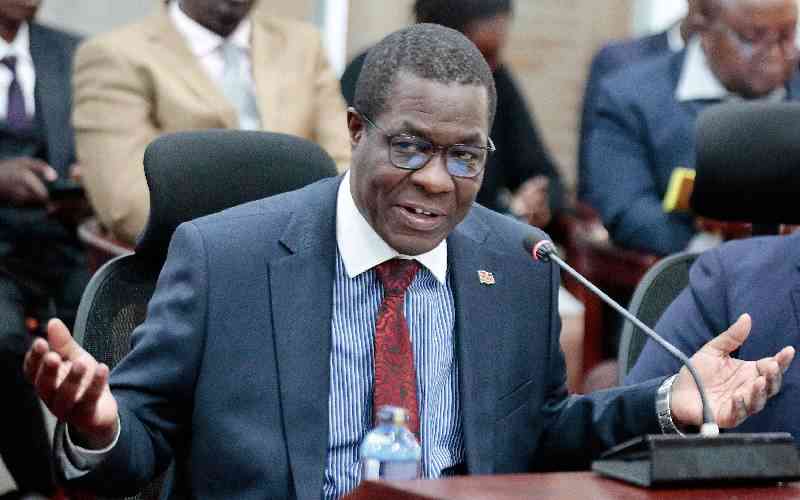Copyright healthcareradius

A heart attack does not announce itself with warning or preparation. It can occur during routine activity and escalate within moments. In those first critical minutes, the actions taken by people nearby often determine survival. While doctors and hospitals provide definitive treatment, the decisive window known as the golden hour lies outside the hospital. What happens during this time strongly influences the long-term recovery. A report shows that India has 1 cardiologist for every 250,000 people compared to 1 for every 7,300 in the United States. This severe imbalance underlines why timely action, especially outside hospital settings, is imperative. The Golden Hour’s significance The golden hour is a well-recognised concept in emergency medicine. It refers to the first 60 minutes after the onset of a cardiac event. During this period, prompt recognition and swift intervention preserve the heart muscle and reduce the risk of permanent damage. When the heart is deprived of oxygen, muscle cells begin to die with every passing minute. The sooner medical attention is triggered, the greater the chance of limiting this damage. The golden hour is therefore not an abstract idea but a measurable reality that defines outcomes. Recognising early symptoms Many delays in treatment occur because symptoms are misunderstood or ignored. Chest discomfort, heaviness in the left arm, pain radiating to the neck or jaw, breathlessness, nausea and unexplained sweating are all potential warning signs. These symptoms may appear mild at first and are often mistaken for indigestion, fatigue or anxiety. Recognising them quickly allows for a faster response and avoids the critical loss of time. Public awareness of these warning signs must become an essential part of health education so that timely help is sought without hesitation. Urban-rural disparities also play a role in survival. A study recently found that mortality from heart attacks in urban areas stands at 450 per 100,000 compared to 200 per 100,000 in rural regions, pointing to differences in lifestyle, overall health and access to timely emergency care. The first response playbook Immediate steps taken before reaching a hospital are often decisive. The first action should be to call emergency services without delay. If recommended by a medical professional earlier, aspirin can be administered. The individual should be kept at rest in a calm environment while help is on the way. If the person loses consciousness, cardiopulmonary resuscitation can maintain circulation and blood supply to vital organs until professional care arrives. These measures do not replace treatment, but they stabilise the situation and preserve life until advanced care can be provided. Inaction during this time results in irreversible harm. However, a report highlights one significant gap in India. In many countries, 50 per cent of heart attack victims receive CPR from bystanders, while in India, the figure varies between 0 per cent and 10 per cent. This shows how community response remains the weakest link in the chain of survival. Why no doctor can outrun delay The expertise of cardiologists and the technology of modern hospitals achieve results only if the patient arrives within a viable timeframe. Once oxygen deprivation causes significant muscle death, even advanced interventions cannot restore what is lost. The effectiveness of every medical procedure is therefore linked to the time between symptom onset and hospital arrival. This reality highlights why early action outside the hospital is not optional. It is the single most important factor in determining whether advanced care will succeed. Preparedness as prevention Preparedness ensures that precious time is not wasted. Families can keep emergency numbers accessible, learn CPR and stay informed about the nearest cardiac care facilities. Regular check-ups reduce the likelihood of sudden surprises by identifying risk factors early. Beyond the household, community readiness plays an equally important role. Training programmes, awareness drives and integration of technology into emergency response create a stronger ecosystem for survival. Rapid ambulance access supported by clear communication with hospitals is a practical requirement that should be prioritised. Managing the emotional and psychological response Fear and confusion often dictate behaviour in a crisis. Denial can cause individuals to dismiss symptoms, and panic can prevent families from acting swiftly. Calm decision-making is vital in the early moments of a heart attack. Families and bystanders who are psychologically prepared are more likely to follow the correct steps. Familiarity with what to do reduces hesitation, which often costs precious minutes. The psychological dimension of emergency care, therefore, deserves attention alongside medical training and public health measures. Empowering action beyond hospitals The survival of a heart attack patient is shaped long before they reach the hospital doors. The first hour carries unmatched significance. Recognising symptoms, acting immediately and being prepared both individually and collectively are the elements that protect life and reduce long-term complications. Also Read: Heart disease no longer just for the old, warn doctors Doctors provide expertise, but they cannot compensate for lost time. The responsibility of survival rests heavily on community awareness and readiness. In a future where cardiac incidents are expected to rise, empowering individuals and families with knowledge and preparedness will remain the most decisive factor in saving lives. : Dr Tausif Thangalvadi, Chief Operating Officer, REDHealth Disclaimer: The views and opinions expressed in this article are those of the author only and do not necessarily represent the official policy or position of Healthcare Radius.



